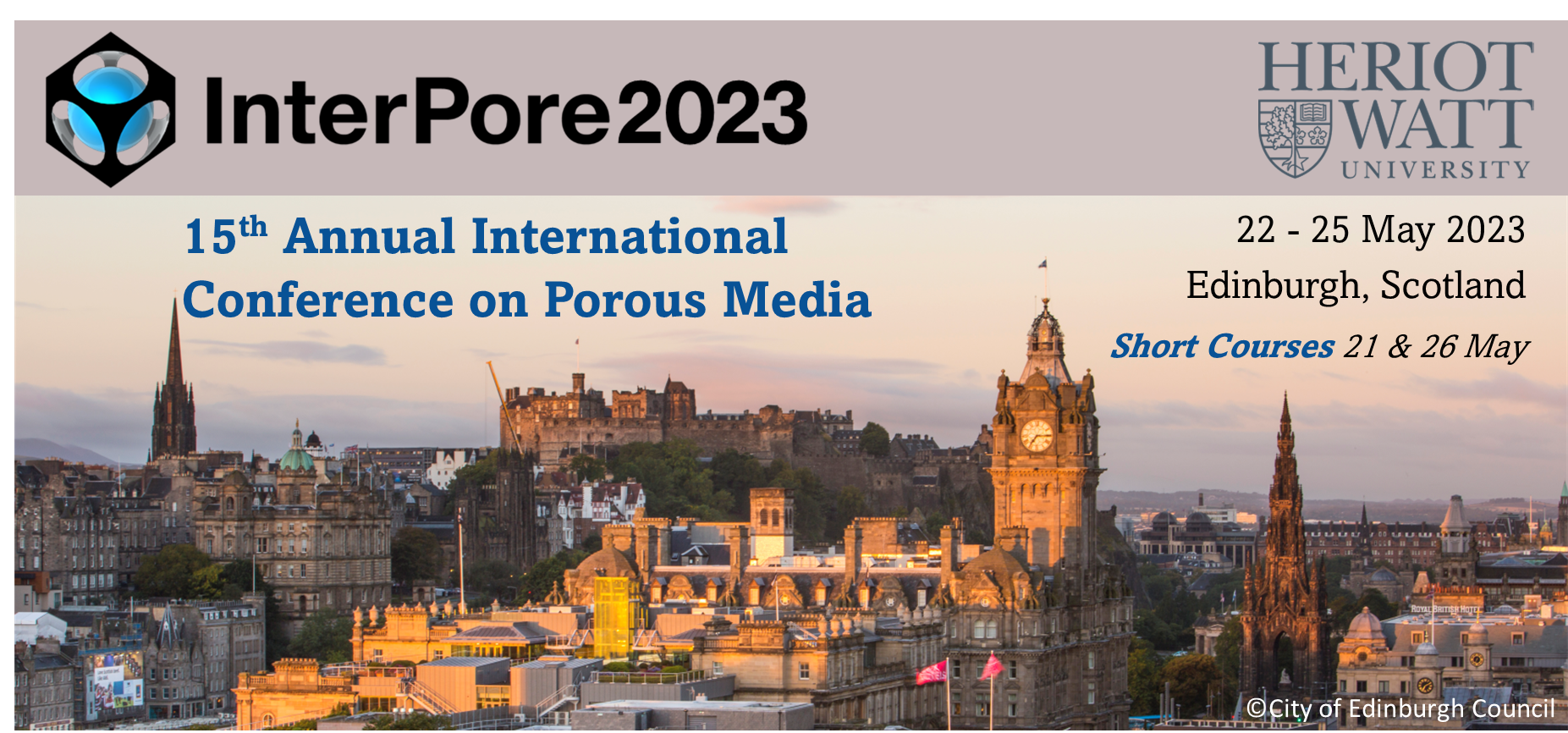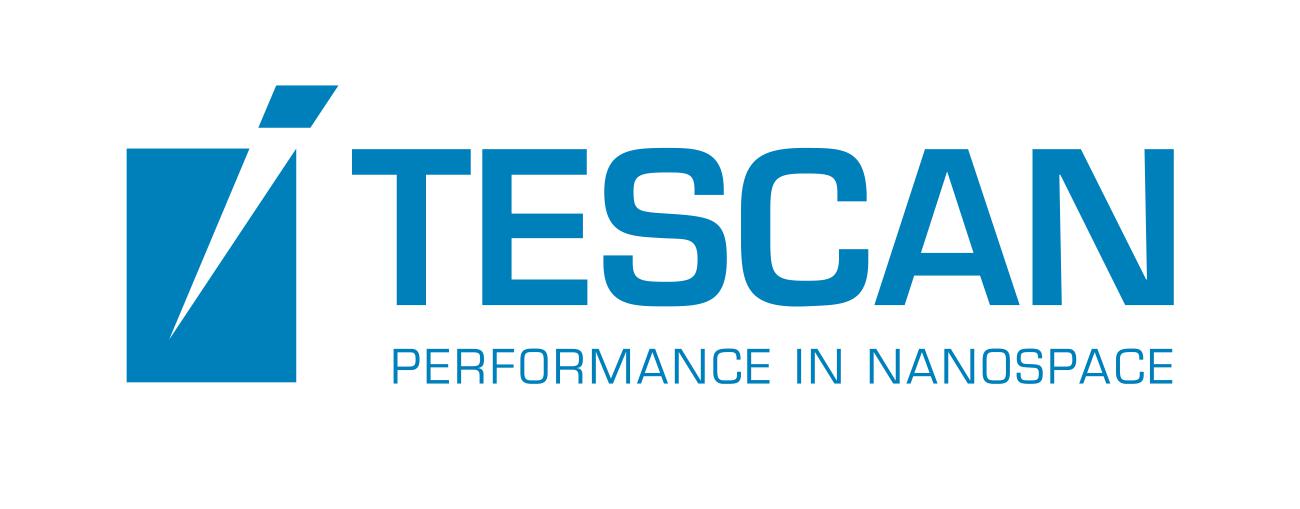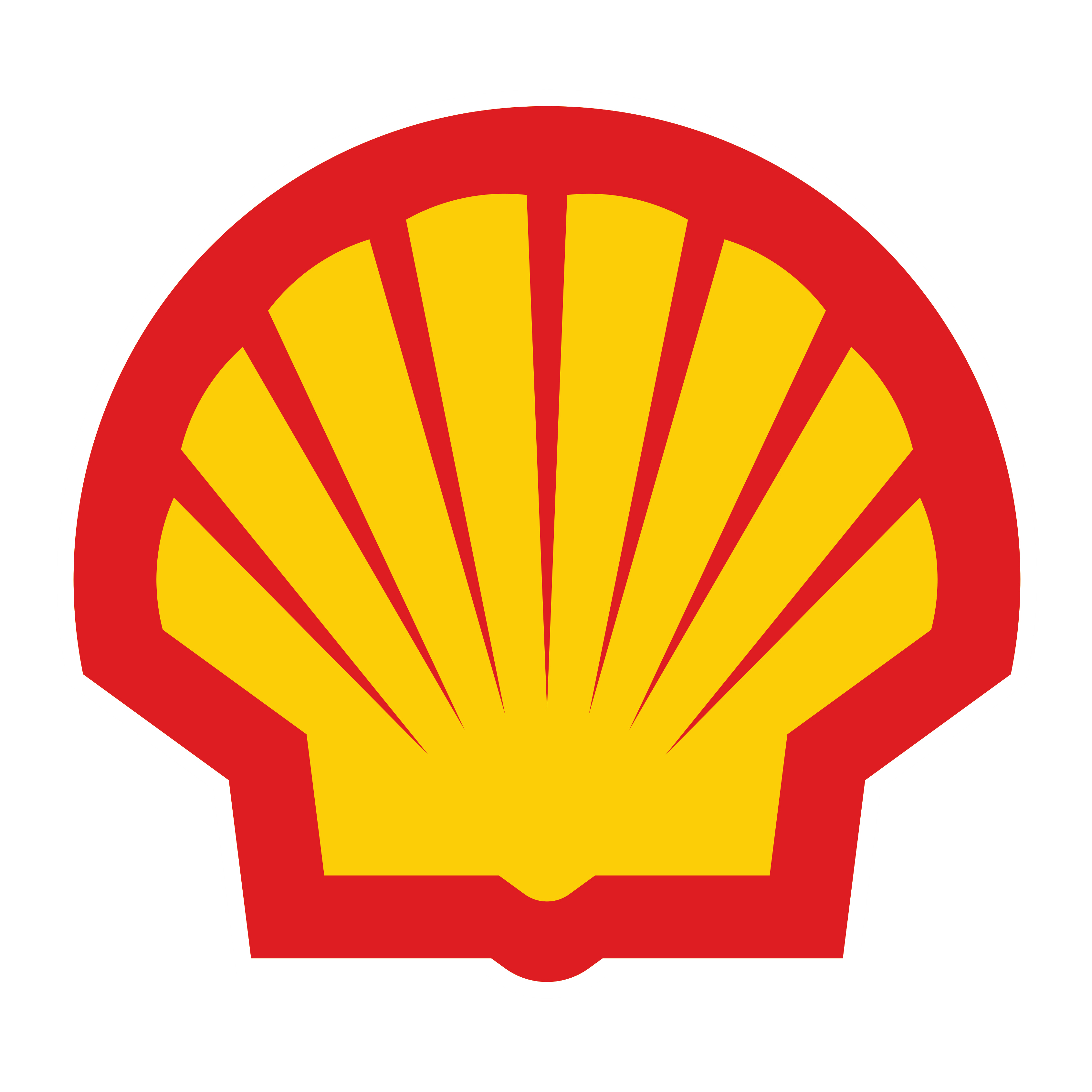Speaker
Description
Understanding the reservoir behavior is vital knowledge required for various aspects of the reservoir management cycle such as production optimization and establishment of the field development strategy. Reservoir simulation is the most accurate tool for production forecast, but often it is very expensive from the aspects of computational time and investment in the model building process. In this work, the machine learning methods for accurate production forecast that honor the material balance constraints are presented.
The presented approach uses two machine learning methods and one semi-analytical approach namely Capacitance Resistance Model (CRM). The first machine learning method is the powerful Generalized Additive Models (GAM) approach, which uses splines as basis functions for the representation of the solution. The advantages of splines are the smoothness of the underlying functions with continuous derivatives, and the easy way of constraining splines to monotonic and convex shapes. Another advantage of GAM is its explainability capabilities, which are inhered from the Generalized Linear Models. The second machine learning approach is a combination of Long Short-Term Memory (LSTM) and Convolutional Neural Networks (CNN), which are proven to be a good choice for time series predictions. The common extension of the two methods is the material balance constraints in the form of a CRM model, where rates are the corresponding machine learning solutions. Such constraints are necessary during the training process to avoid unphysical solutions and to honor conservation laws. The constrained GAM approach belongs to a broad category of Physics Informed Machine Learning (PIML) methods, while LSTM-CNN with constraints is part of Physics Informed Neural Networks (PINN).
The implemented approach was applied to the publicly available data with an existing history-matched reservoir model for the offshore field with several injectors and producers. This allowed us to thoroughly analyze the results of the study for communication between wells. Splines used in the GAM model have the option to be a function of one or multiple features, while Neural Networks naturally define communication between features through hidden layers and weights. Such flexibility allows taking into account inter-well connectivity, using inter-well distances, production and injection rates, and average reservoir properties, which are analogs of transmissibilities in a simulation model. The average properties are obtained through the construction of Voronoi grids around wells.
Machine learning is improving at solving difficult problems, while it often suffers from nonphysical solutions and unexplainable models. The presented machine learning methods hold the properties of explainable statistical regression models, in the case of GAM, and highly tunable time series predictors, in the case of LSTM-CNN. Both methods provide powerful predictability capabilities within material balance constraints. By no means does it try to replace the reservoir simulation but offers a complementary solution, which is reliable and necessary in cases where there is no full reservoir model available.
| Participation | In-Person |
|---|---|
| Country | Austria |
| MDPI Energies Student Poster Award | No, do not submit my presenation for the student posters award. |
| Acceptance of the Terms & Conditions | Click here to agree |







